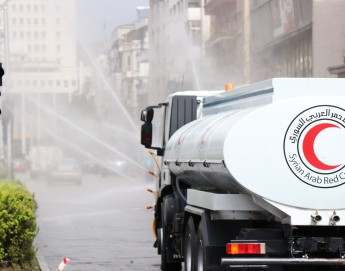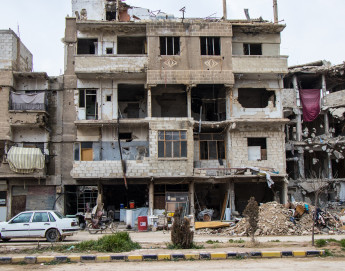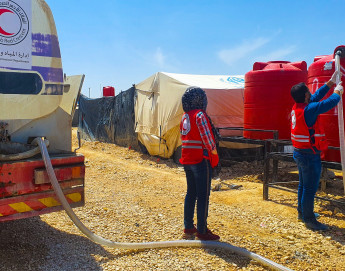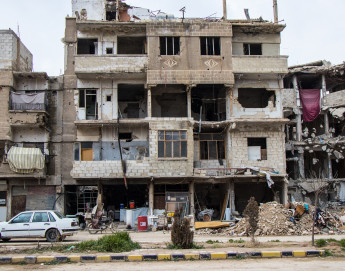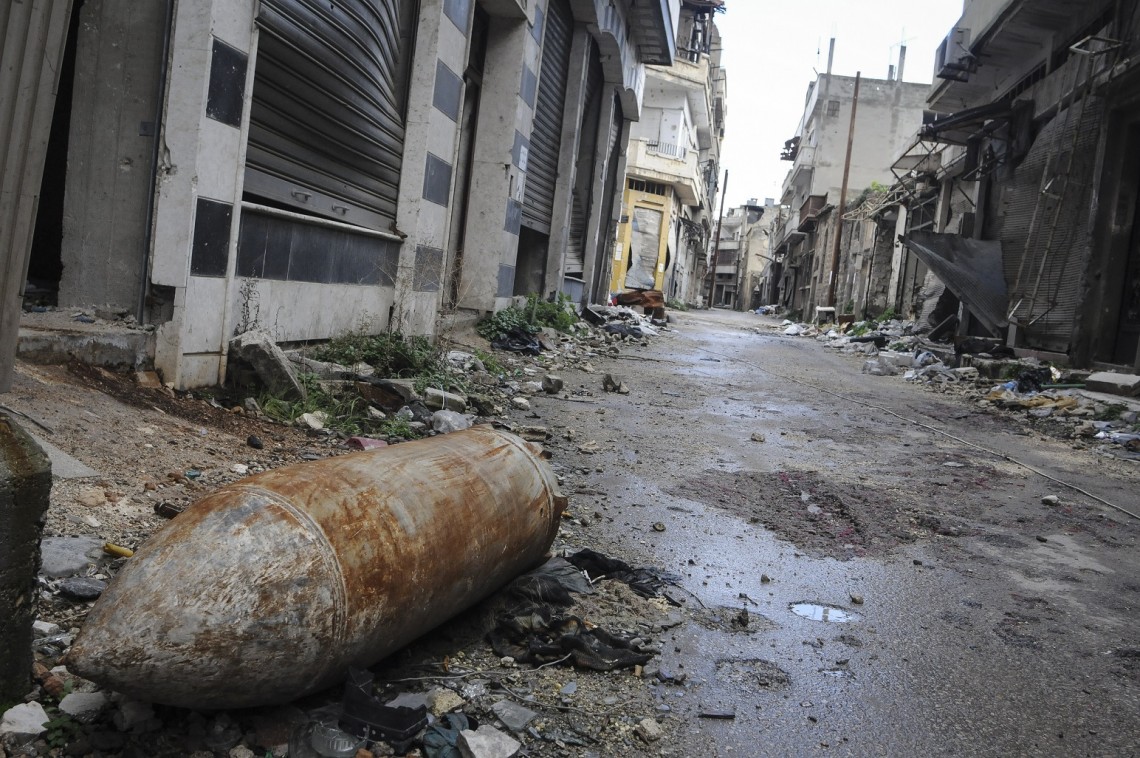
Syria: Amid concerns over COVID-19, risk of weapon contamination should not be forgotten

As the international day for Mine Awareness and Assistance in Mine Action is marked worldwide on 4 April, the entire world is rightfully concerned with and focused on the outbreak of COVID-19. However, even during these challenging times we must not forget about weapon contamination, another potentially deadly danger that has been affecting civilians across the world for decades.
In Syria, the full scope of the contamination is not yet known, but according to the United Nations, over 2,500 communities accounting for more than 11.5 million people are affected by the presence of landmines and explosive remnants of war. Numerous accidents are regularly being reported resulting in deaths and injuries of civilians.
"Farmers, cattle grazers, construction workers, scrap metal collectors, humanitarian workers as well as displaced people and returnees are facing such risks every day as they are forced to live or work in the vicinity of weapon contaminated areas," says Vanja Sikirica, an ICRC coordinator for weapon contamination program in Syria.
The risk of landmines and explosive remnants of war can result in enormous physical and psychological pains on the community, which might take many years to heal. In addition, a high number of casualties present a heavy burden to already weakened and overstretched health care system in the country.
To increase the resilience of the civilian population living in the vicinity of weapon contaminated areas and to reduce the number of explosive ordnance casualties, the ICRC and the Syrian Arab Red Crescent are working hard together on continuously raising awareness and promoting safer behaviour in the affected communities.
The SARC has ten risk education teams working in Rural Damascus, Sweida, Quneitra, Daraa, Idlib, Aleppo, Homs, Hama, Hassakeh and Deir Ezzor, and over the last year has implemented awareness activities for almost 120,000 people in ten governorates.
The ICRC and SARC will continue to assist the affected communities in reducing the number of mine and explosive remnants of war casualties by raising awareness. In addition, the ICRC will continue to assist individual casualties through its physical rehabilitation programmes, so that they can continue to conduct their daily activities in a safer way.
The ICRC encourages all parties involved in mine action to provide additional assistance for the humanitarian demining as it is the ultimate solution to the weapon contamination problem.

